Intro
Yesterday, somebody in the comments of some thread asked for an ELI5 on why US bond rates matter and what their relationship is with markets and economies. What I wrote ended up being more like an ELI12, and also ended up being quite long; in any case, I have decided to modify it a bit and turn it into its own post.
What are bonds
First, an introduction on what bonds actually are.
Simply put, a bond is the "asset side" of governmental or corporate debt. When a government or corporation borrows money, the borrower now holds a liability, and the lender holds an asset, which is expected to return them their original investment (the money they lent) plus profit (interest) at some later date. A bond is basically a token that says some government or company owes you some amount of principal by some date known as the maturity date (usually 3 months to 30 years, depending on the type of bond), plus interest. Because bonds are a tokenization of debt, they can be easily traded in a liquid, open market, just like stocks. This means that the original lender does not need to be the person who is repaid when the bond matures; the repayment and interest simply goes to whomever holds the bond at the time.
There are two main types of bonds: corporate bonds, and government bonds.
Corporate bonds are the main way companies raise money, apart from selling shares.
Government bonds are how the government raises money to cover budget deficits (ie: when the government spends more than they have the tax revenue to spend, they borrow the remainder by selling bonds to whomever will buy them). If nobody is buying the government bonds, the interest will go up organically due to supply and demand until people are willing to buy them. Government bonds are often known as treasuries, and are broken down into three categories: treasury bills (short-term maturity), treasury notes (mid-term maturity), and treasury bonds (long-term maturity).
One of the main buyers of US government bonds is the Federal Reserve, which is the name of America's central bank. This is the entity that is able to actually print US dollars. Everyone has heard of things like how the US government recently ran huge deficits due to "stimulus spending", and that it printed the money it needed for that spending. Well, this is a slightly inaccurate picture of how it works. The government chooses fiscal policy, which means they build the budget and they set the tax rates. They are the ones who choose to overspend and run a deficit. However, they don't choose monetary policy: they cannot print money. This power was delegated by congress to the Federal Reserve over 100 years ago.
So, when the government runs a deficit, they sell bonds to borrow the money. If the FED chooses to, it can print a whole bunch of money and then lend that money to the government (ie: the taxpayer) by buying the government bonds with it. That is how newly printed money actually gets into the economy: the FED prints it and then lends it out to companies and to the government by buying corporate and government bonds. When the FED buys a bunch of treasuries (government bonds), it is really lending out freshly-printed cash to the American people (since the government's liabilities are really the taxpayers' liabilities), and the people then owe that money, with interest, back to the FED by the time the treasury matures.
When the FED decides to buy up the government's bonds in order to lend to the taxpayers the money that congress is spending, they are also putting downward pressure on the bond interest rate. This is because, if the FED decided not to lend a bunch of money to the government to cover its deficits, the bond interest would organically rise through supply & demand until other buyers (individuals, companies, foreign investors, whatever) are willing to buy those bonds.
So, when the FED wants to keep bond interest low, they achieve this indirectly by creating what is basically artificial demand for US bonds by buying a ton of them with money that they printed at no cost to themselves. Due to how supply & demand works with debt, the more demand there is for bonds, the lower the interest those bonds offer.
So, the Federal Reserve executes its main task of managing the US bond rate by choosing how much government debt it buys. If they want bond rates to go up, they will print less cash and buy fewer bonds. If they want it to go down, they will print more cash and buy more bonds.
The FED is essentially a whale with the power to print money, who uses said printed money to manipulate the US bond market, ostensibly for the good of everybody.
The risk-free rate
The interest rate on American government bonds is considered one of the most important variables in the American (and even worldwide) economy. This is because the American gov is considered the de-facto safest borrower of all borrowers in the world. In other words, if I buy an American government bond, I am lending my money to the entity that is considered to have the smallest risk of defaulting in the world (maybe this is arguable, but regardless this is a premise that is at the core of the world economy; what's important is that people believe it).
There is a concept in economics called the "risk-free rate". This is the interest you can get for lending your money to a 0-risk borrower, and should logically be the lowest interest rate you see anywhere in that economy. Of course, there is always technically some risk when you lend money, so the risk-free rate is technically imaginary. However, in practice, just about everybody considers the US bond rate (specifically, treasury bills, the US bond with the shortest maturity) to be the risk-free rate, as the risk is considered to be so low as to be negligible.
So, if buying American gov bonds is the safest way to lend money, it means that every single other form of loan must pay higher interest. Why? Because every other borrower is considered higher risk, and for me as a lender, I will not accept less interest for greater risk. So, if American bond interest goes up, all other loan interest (corporate bonds, bank loans, mortgages, credit cards, whatever) will organically go up, because everything must pay greater interest than American bonds to compensate for greater risk. This is simply a matter of supply & demand mechanics.
So, American bond interest is kind of like the baseline or the "sea level" for all interest rates in the entire economy. This even stretches to other countries, because anyone can buy a bond from the US gov, and they are considered the safest borrower in the world, so nobody will ever lend money to anybody else unless they are compensated with greater interest than US bond interest.
The cost of capital
So, if US bond rates go up, and therefore all interest in the economy goes up, that means money itself has gotten more expensive. Loan interest is literally just the cost of money (known as the cost of capital). The lesser the interest, the cheaper it is for me to acquire money right now. When you realize that the entire world runs mainly on debt, it becomes clear how significant this phenomenon is.
So, when US bond rates go up, the price of capital itself goes up. That means it becomes more costly for businesses to raise money, more costly to mortgage a house, more costly to open a line of credit to buy investments, more costly to spend with credit cards, more costly to use leverage in securities markets, etc.
This means that growth goes down, spending goes down, wages go down, etc. It also means the prices of goods go down (or at least climb slower), because people aren't willing to pay as much, since capital itself is more expensive to acquire.
What happens when prices go down? Well, that's a reduction in inflation. So, when inflation is getting too high, the FED (central bank) will make bond interest go up to apply recessive forces on the economy to curb said inflation.
If inflation is low, the FED might reduce bond interest in order to make the cost of capital lower to juice the economy, prop up securities markets, and incentivize growth. Too much growth though, and we end up with inflation again, meaning the FED might increase rates again. This causes a sort of wave-like dance between bond rates and the heat of the economy.
So, the FED influences bond rates ostensibly to keep the economy balanced: not too hot and inflationary (can be very bad) and not too cold and deflationary (also can be very bad).
It is also worth noting that the FED wields a couple other levers it can use to increase or decrease the cost of capital (ie: the general interest rates in the economy) that are separate from bond rates. They can change the reserve requirements of banks (what percentage of total assets a bank must hold in reserve). If banks need to hold more in reserve, then they have less liquid money to lend out, so the supply of capital goes down, so market interest (cost of capital) rises. Also, the FED can change the discount rate, which is the amount of interest they charge banks for short-term loans (24 hours or less) from the FED itself. When these rates go up, banks are disincentivized from borrowing from the FED, so the banks end up with less liquid capital, which means they need to be more conservative about the loans they themselves give out, which makes the supply of capital go down and thus the cost of capital go up.
What does this mean for markets?
When bond rates go up, most investment markets go down. Why? Well, the higher bond rates go, the more I can make by investing in bonds, without the risk going up. So, as bond rates go up, it becomes more and more attractive to move my wealth out of riskier markets like stocks and into what is considered the safest investment market in the world: US bonds. Since rates going up means I get greater returns on my bond investments, but the risk doesn't change, US gov bonds become more and more sensible to an investor as the rates increase.
Of course, bonds rates going up a smidgen doesn't actually suddenly make bonds a strategically more sound investment than riskier things like stocks. In fact, US bond rates have been so comically low for so long that it hasn't made much sense to buy bonds in years (decades, really). However, when people hear that the FED is going to increase bond rates, they think "bond rates going up means people will sell stocks to buy bonds, so I better sell now to front-run that", which is the main thing that actually causes stocks to fall when bond rates increase.
How crypto will fare with increasing bond rates is unknown, because rates have been declining ever since BTC was born, until very recently. Personally, I imagine crypto will follow stocks down if rates go up too much, but nobody knows for sure.
Some historical context
US bond rates hit an ATH in 1981 around 15% (edit: some sources seem to say 20%; unsure which is correct). Unsurprisingly, the stock market hit a low at the same time (like I said before, the orthodox narrative is that there is an inverse relationship between bond rates and most securities markets). Think about how ridiculous 15% bond rates are. That would mean you could buy what is definitionally the safest investment available and get 15% returns each year. By contrast, the safest stock ETFs (still way riskier than US bonds) average like 7% a year.
So, in the 80s, you could double your money every 5 years while accepting what is usually considered 0 risk. Ever wonder why boomers seemed to get wealthy so easily? This is one of the reasons.
Since the ATH in 1981, the treasury bond rate has fallen continuously until Covid hit, at which point it pivoted at a low of about 0.5%. Since then, it has been going back up, but is still extremely low, at around 1.5%.
Since bond rates going down means stocks go up (at least, this is a very popular narrative, though some disagree), the stock market has been in a tremendous and arguably unnatural bull run for about 40 years, only pausing twice very briefly for "corrections" circa 1999 and 2008.
Since US bond rates have gotten so close to 0%, they can't really lower them any further without going negative (which is actually a thing, and some countries are trying negative interest now. This is an extremely weird rabbit hole that nobody really knows the true consequences of yet. Imagine getting paid to borrow money. Several countries have been experimenting with this over the last 7 years, and a few I believe for even longer). The chair of the FED (Jerome Powell) said a few months back that they have no intention of going to negative interest rates, so that means these past 40 years of propping up markets by reducing bond rates has probably come to an end.
You could think of the continuous lowering of rates for the last 40 years as the FED spending its ammunition to prop up markets and propel economic growth, but now that rates are barely above 0% and the FED isn't willing to go negative, they are out of ammo. Not only are they out of ammo when it comes to lowering the rates, but one might also argue they are also currently incentivized to increase rates to combat rising inflation.
This is why there is fear. The FED has been sticking its hands in for 40 years to prop up markets, and now it seems they are going to stop, at least for now.
I hope this ELI5 ELI12 ELI-an-Intro-to-Econ student about why US gov bond rates are such an important concept for understanding global economics has been enlightening!
[link] [comments]

You can get bonuses upto $100 FREE BONUS when you:
💰 Install these recommended apps:
💲 SocialGood - 100% Crypto Back on Everyday Shopping
💲 xPortal - The DeFi For The Next Billion
💲 CryptoTab Browser - Lightweight, fast, and ready to mine!
💰 Register on these recommended exchanges:
🟡 Binance🟡 Bitfinex🟡 Bitmart🟡 Bittrex🟡 Bitget
🟡 CoinEx🟡 Crypto.com🟡 Gate.io🟡 Huobi🟡 Kucoin.


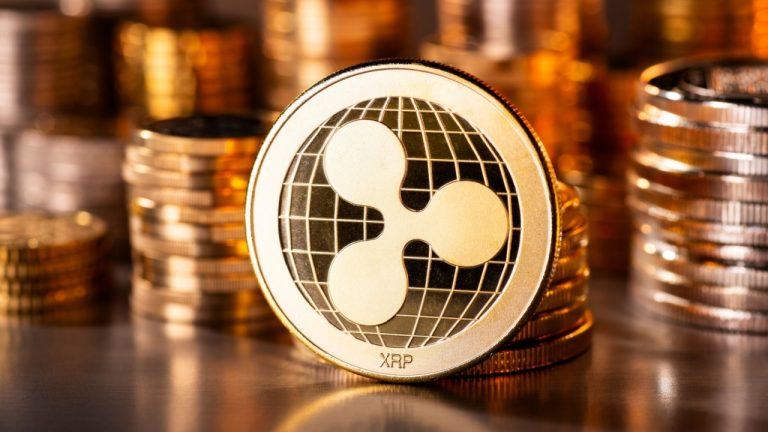
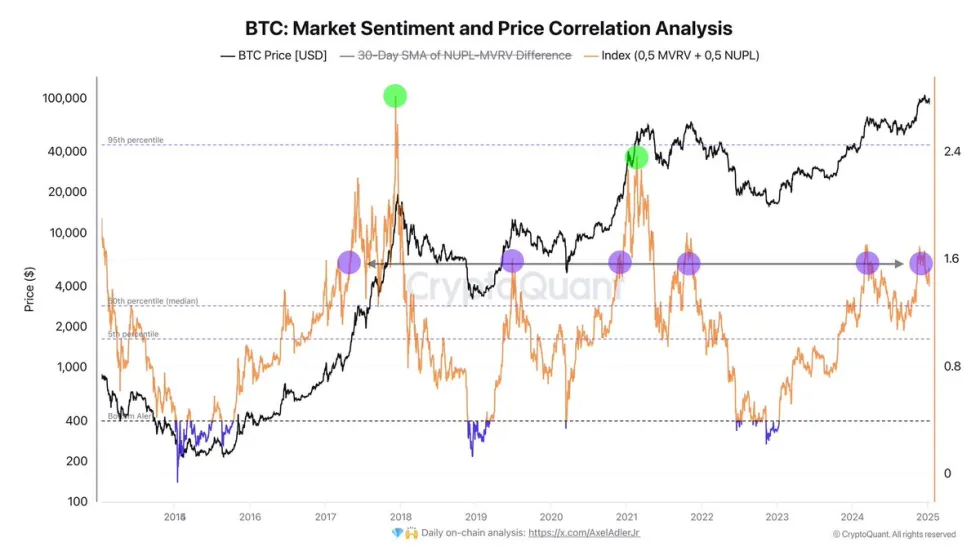



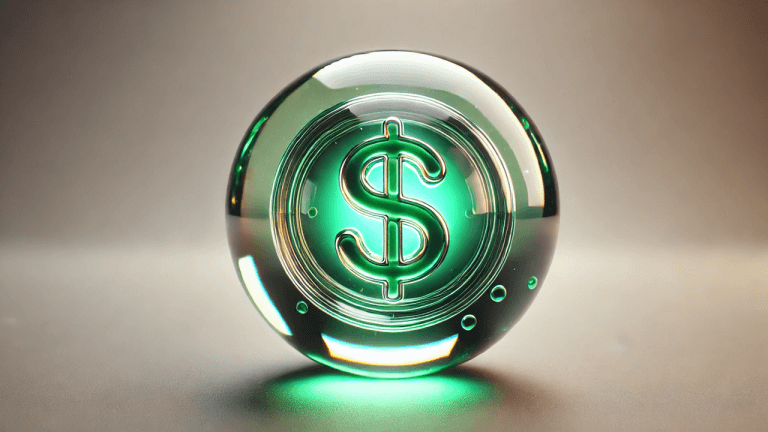
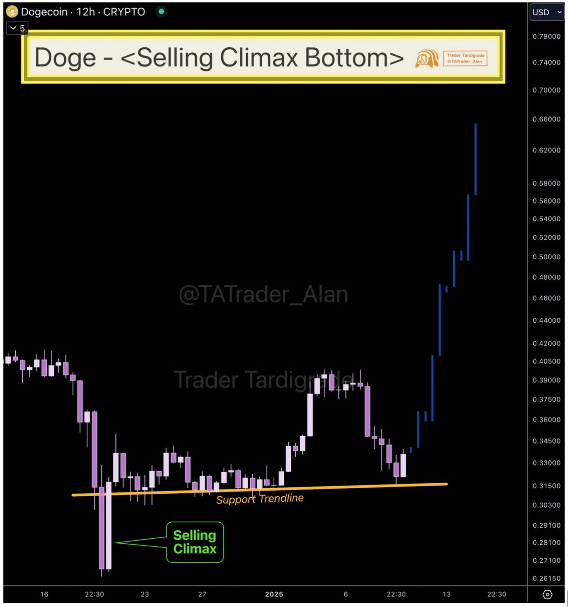
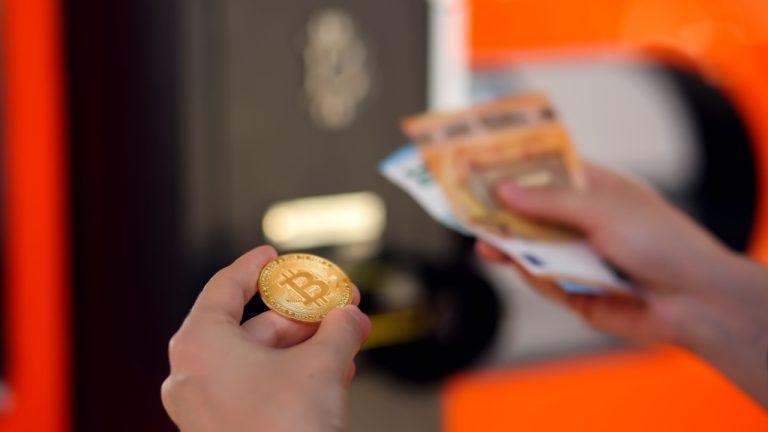


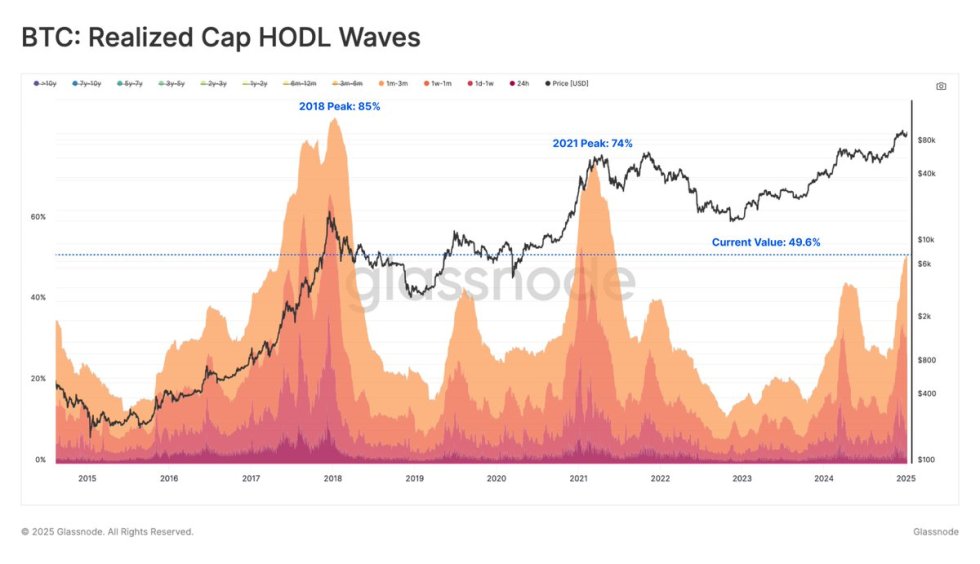




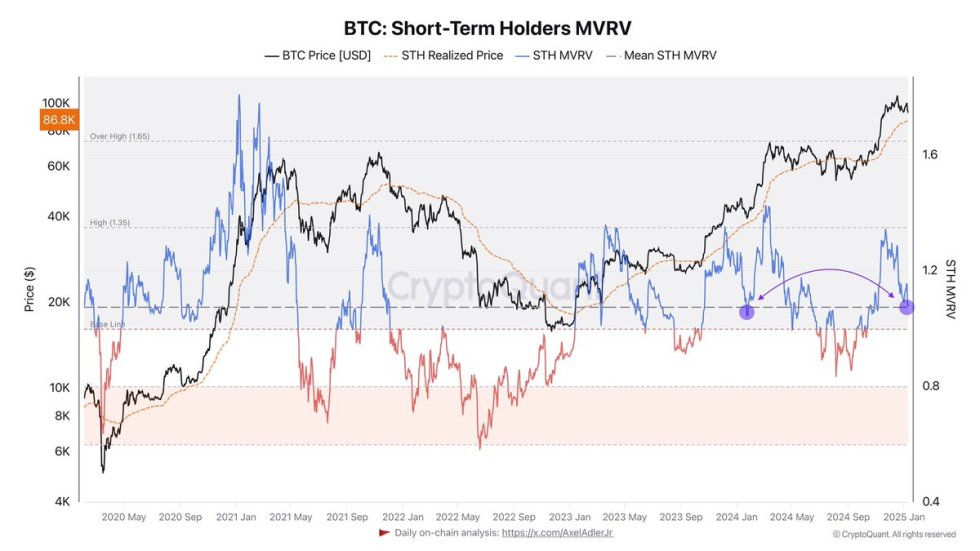

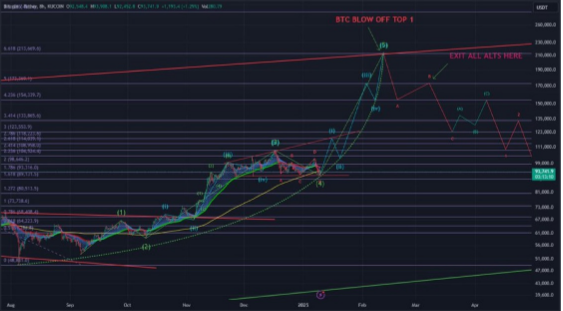
Comments